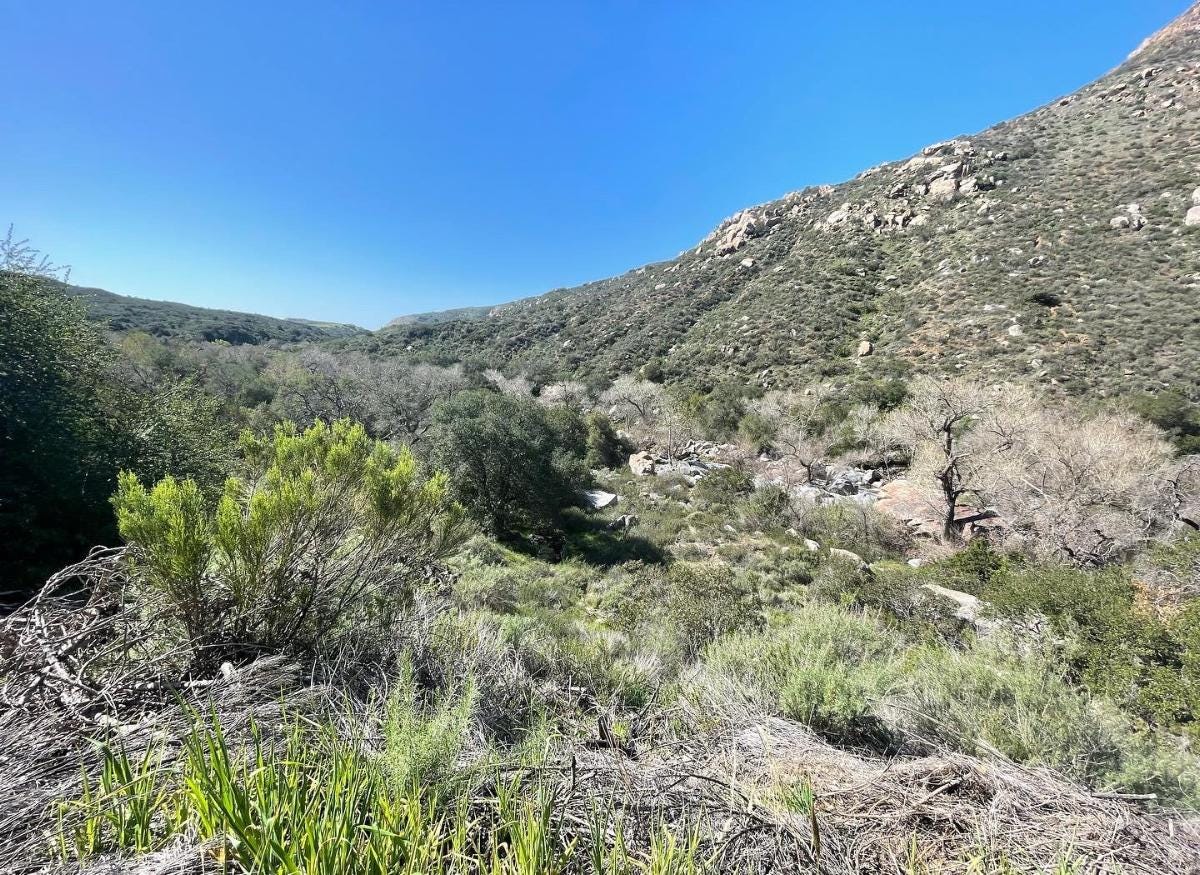A Midwesterner birds the West Coast, San Diego-style
California Gnatcatcher, Ridgway's Rail, and much more
Prior to this year, I hadn’t traveled to or spent time in any West Coast cities since 2005, p.b. (pre-birder). A lifelong Ohioan, I’ve birded plenty in my home state and nearby Midwestern states, as well as a few visits to hotspot areas out East and in Texas. So when my friend and Leica Nature Sales Manager, Whitney Lanfranco, kindly offered to let me share her room during the San Diego Bird Festival this past February, I jumped on the offer. Here was my opportunity to experience shore and coastal birding on the West Coast!
Guided Walks with Local and Guest Guides
I enjoy a good guided bird walk at bird festivals. I depend on local bird guides to provide context for the outing, and pro guides are aces at knowing how to get attendees on the birds. For example, as we birded the Mexico/California border, our local guide described the preferred sage habitat of the California Gnatcatcher (they live in a limited range in what remains of coastal sage scrub in southern California; we saw ours in desert scrub on a slope right near the border with Mexico) and the ideal place to locate the endangered Ridgway’s Rail (within 15 minutes of arriving at Tijuana Slough National Wildlife Refuge and walking the boardwalk, we had it!). Not only was this a crash course in the San Diego area’s habitat diversity—coastal sage scrub, salt marsh, grassland—it also underscored the convenience of attending a bird festival when visiting a new place. For me to put together an itinerary of prime spots, not to mention finding the best spot at every stop for my target species? I’ll opt to walk with a local birder who knows the area like the back of her hand, thank you very much.

The guest guides assisting the local guides often also are either part- or full-time tour leaders. They’re well-versed in helping folks take what’s familiar and use it as a baseline for comparison to local species. Moreover, they’re professionally trained to help birders orient themselves in new situations and locations. You just can’t beat birding with the one-two punch of local and guest guides.
Birders Flock Together
It's true that birders are a friendly bunch, which helps put me at ease when birding somewhere for the first time. There’s genuine camaraderie birders enjoy, even when brought together for short spurts of time. Beyond that, often I’ll encounter folks who I’d met previously on eco-tours or at other bird festivals, so there can be something of a “reunion” vibe. I might catch up with someone to learn how many species they’ve knocked off their life list since the last event, or discuss with an area native which local, under-the-radar spots I should consider checking out.
Similar Species, Different Location
When birding in a new place, I like to challenge myself by taking a solo bird walk or two. Not only does this provide me with my requisite alone time, but it’s important for me to test myself on what I’ve learned in the field alongside other birders. In San Diego, during a lull in festival traffic, I birded briefly with a colleague along the Quivira Jetty. I returned to the same spot multiple times to test my shorebird and ID skills. Admittedly this is a weak area for me (and if you’re good with this group, I sincerely envy you!), so I gave myself a bit of grace in futzing with my Sibley app while teasing out how I could be sure I was viewing a Northern Shoveler.
It also helps me to reference the Midwestern counterpart species as a basis of comparison when viewing a new-to-me species. In observing a large flock of Brant, I concentrated on their clearly chunkier, smaller form; the trademark white marking on the neck; and the shorter, stubbier bill. As I looked, I formed a picture in my mind of the ubiquitous Canada Goose and its long neck, white cheek patch, and much larger body.
Late Winter San Diego-area Birding Site Recommendations
Make a point to explore Mission Trails Regional Park, which is about a 20-minute drive from the Mission Bay area where our hotel was located. I birded this park alongside friends for a few hours and had several life birds. The standouts for me included Lewis’s Woodpecker (GORGEOUS!), Wrentit, and California Towhee.
For a lovely, slow-paced walk on easy trails, visit Tijuana River Valley Regional Park. We enjoyed easy looks at Townsend’s and Wilson’s Warblers, a cooperative group of Common Ground Doves, and Hutton’s Vireo.
Another not-to-be-missed birding destination is La Jolla Cove. A mere 20-minute drive due north of Mission Bay, La Jolla hosts a variety of local target species. The gorgeous cliffsides and rocky shores are not only picturesque backdrops but perfect habitat for a variety of sea and shore birds. (Tip: bring your scope if you want good looks!) Not only did I have lifer Brandt’s Cormorants here, but the nesting colony is so close to the walking path that you can easily take photos with your smartphone. This is also a prime spot to observe and photograph Harbor Seals and California Sea Lions. Although we were not able to get the Wandering Tattler, I am here to tell you: it’s okay if you don’t get all your target bird species.
Missing out on a target species is a built-in excuse for return travel to a destination, and San Diego is certainly worthy of repeat visits—particularly in winter!




